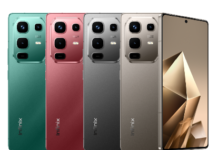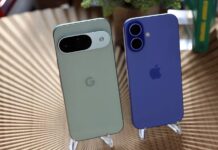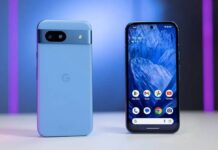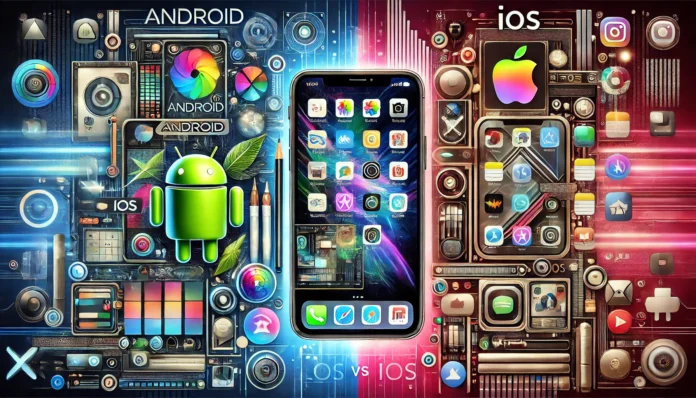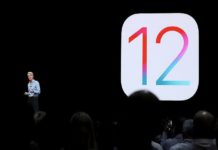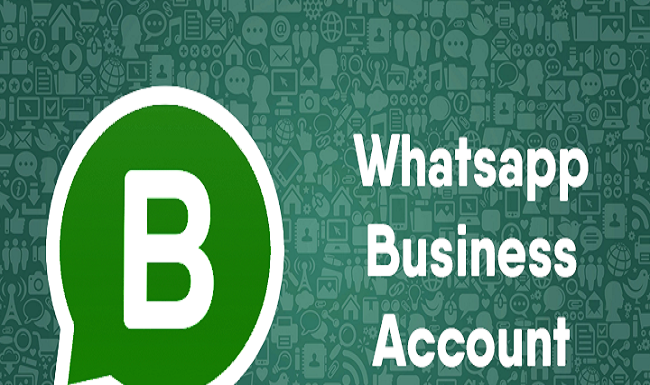Both Android and iOS have matured significantly in 2024 compared to the previous year , catering to different user preferences and priorities. Here’s a detailed comparison of their user experience (UX):
1. Customization
Android:
Strengths: Android remains the leader in customization, offering extensive control over home screens, widgets, app layouts, themes, and even system-level features like custom ROMs or third-party launchers.
2024 Highlights: New personalization options powered by AI, such as dynamic themes and predictive widgets, make the experience even more user-specific.
iOS:
Strengths: Apple has made strides in customization, now offering customizable lock screens, home screen widgets, and Focus modes.
Limitations: Despite these updates, iOS customization still prioritizes simplicity over flexibility, with tighter constraints compared to Android.
2. Ease of Use (User-Friendliness)
Android:
Strengths: Offers an intuitive interface, but usability varies across manufacturers (Samsung One UI, Google Pixel’s stock Android, etc.). It provides better options for tech-savvy users who want granular control.
Challenges: The variety of Android versions and skins can make transitioning between devices slightly less seamless.
iOS:
Strengths: Known for its simplicity and uniformity, iOS remains highly user-friendly, especially for those in the Apple ecosystem. Updates are consistent across devices.
2024 Improvements: Enhanced onboarding and a focus on reducing cognitive load with features like smart app suggestions tailored to usage habits.
3. App Ecosystem
Android:
Strengths: The Google Play Store offers a broader selection of apps, often with more free options. It supports sideloading and alternative app stores, providing unparalleled flexibility.
Challenges: Quality control is less strict, leading to occasional security risks or lower-quality apps.
iOS:
Strengths: The App Store prioritizes quality over quantity, with strict app review guidelines ensuring a polished and secure experience.
Limitations: Limited to Apple’s ecosystem; no sideloading unless you’re using a developer mode introduced in 2024 (but with restrictions).
4. Device Integration
Android:
Strengths: Supports a wide variety of devices and ecosystems, including smart TVs, wearables, and IoT devices. Cross-platform services like Google Assistant work seamlessly across Android and non-Android hardware.
Challenges: The experience can be inconsistent across manufacturers.
iOS:
Strengths: Apple’s ecosystem (iPhone, iPad, Mac, Apple Watch) delivers unparalleled integration. Features like AirDrop, Handoff, and iCloud ensure a seamless experience.
2024 Innovations: Improved Continuity features now allow even more seamless transitions between devices, such as working on documents or calls.
5. Performance and Optimization
Android:
Strengths: Offers high performance on flagship devices, with robust AI-based optimizations. However, mid-range and budget devices may show variability due to hardware fragmentation.
2024 Updates: Android’s latest version has improved battery management and performance consistency across devices.
iOS:
Strengths: Optimized for Apple’s hardware, providing consistent performance and smoother animations even on older devices.
Challenges: Limited to Apple’s proprietary hardware, restricting options for price-sensitive users.
6. Privacy and Security
Android:
Strengths: Improved privacy controls in 2024, including more transparent app permissions and enhanced on-device encryption.
Challenges: Still lags behind iOS due to its open nature and the prevalence of third-party app stores.
iOS:
Strengths: Maintains its reputation for security, with features like Mail Privacy Protection, App Tracking Transparency, and end-to-end encryption for iMessage and FaceTime.
2024 Enhancements: Improved Lockdown Mode and granular control over third-party app tracking.
7. Cost and Accessibility
Android:
Strengths: Available across a wide price range, making it accessible to more users globally.
Challenges: The user experience may vary significantly between premium and budget models.
iOS:
Strengths: Offers a premium experience, but entry-level models like the iPhone SE attempt to broaden accessibility.
Challenges: Still remains a higher-cost option overall.
Summary
| Feature | Android | iOS |
|---|---|---|
| Customization | Extensive and flexible | Limited but improving |
| Ease of Use | Intuitive but varied | Simple and consistent |
| App Ecosystem | Broad, open, and diverse | Curated, secure, and polished |
| Device Integration | Broad but inconsistent | Seamless within the Apple ecosystem |
| Performance | Excellent on high-end devices | Consistently optimized |
| Privacy/Security | Improved but less strict | Industry-leading |
| Affordability | Wide price range | Premium pricing |
